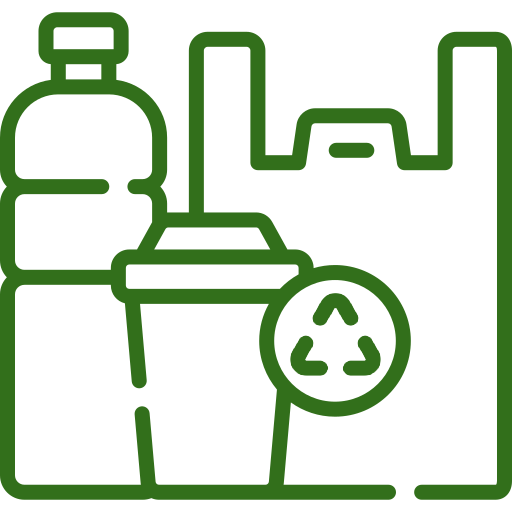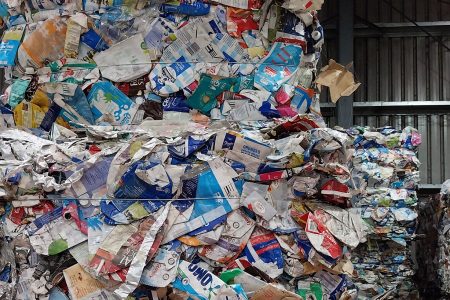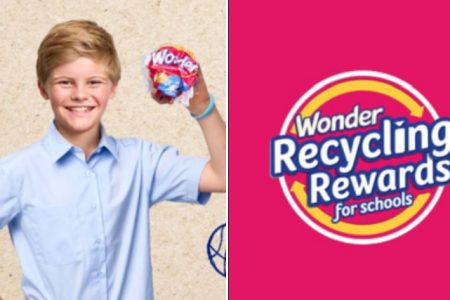
Glass-Free Processing Solutions
The simple act of separating glass from other recyclable materials has a positive impact on overall recycling outcomes.

Household Recyclable Materials
Improving the separation of household recyclables and having no glass in the kerbside commingled recyclable stream has led to a significant improvement in the quality of all recyclables.

Collection & Material recovery facility
A specialised recycling facility that accepts source separated or commingled materials collected from homes and/or businesses.
Victoria's first Material Recovery Facility that doesn't accept glass and specialises in innovation and circularity of recyclable materials
About Us
APR Kerbside is an Australian family owned business that specialises in glass out innovation, ensuring quality products in and out and the circularity of recyclable materials.
The APR Kerbside Material Recovery Facility (MRF) in Truganina is the only one in Victoria that doesn’t accept glass.

Clean Glass Free Material
Improving the separation of household recyclables and having no glass in the kerbside commingled recyclable stream has led to a significant improvement in the quality of all recyclables.
Municipal councils who have partnered with APR over the last four years have seen first hand, the substantial benefits of having no glass in the commingled stream.
The 6 Steps to Materials Recovery
The benefits of having a 4-bin system and no glass in the kerbside commingled recyclable stream means the quality of the processed end product is significantly improved.

Tips Off
On arrival at APR Kerbside MRF, the collection truck ‘Tips off’ the mixed recyclable materials collected into the loading area.

Front-end Load
An excavator or front-end loader is used to put the materials on to the belt. Materials travel up an incline belt and then fed onto conveyors to begin the ‘Pre-Sort’ journey along the line. The conveyors provide a constant feed of commingled material at a steady rate to the plant equipment. They are then separated by a combination of automatic and manual sorting.

Pre-Sorting
At the pre-sort station, non-recyclable materials and contaminants are manually spotted, pulled out and discarded into storage bins below. The greater the number of contaminants in a particular load, the higher the chance that manual sorting will be required. This also results in slowing down the process.

Ballistic Separator
The ballistic separator is used to identify 2-dimensional material from 3-dimensional material with long paddles. The 2D material walks up the paddles and falls over the screen. 3D items bounce back and off the screen onto a conveyor.

Manual Sorting Method
Manual sorting operations is provided to ensure the correct material is capture prior to the creation of a new bale of quality material.

Processed End-Product
Separated materials are compressed and baled, ready to be efficiently transported to different processing facilities. They can be re-made into new products and recycled packaging through local manufacturers.
Our Environmental Commitment
At APR Kerbside, our services provide household recoverables and processing solutions that maximise the capture of resources from the waste stream.
APR Kerbside will operate in a manner, which protects the environment, especially the health of our valued staff.


FAQs
Latest from the Blog
Keep up to date with the latest developments across the APR Group
- All Posts
- Events
- News & Trends
- Sustainability

Here at APR Kerbside, we recycle it! Through robotic technology, tetrapak is able to be picked off our sorting line…

The NPRS aims to increase the amount of plastic recovered by 190,000 tonnes a year – that’s almost 38,000 five-tonne…

Australians were at a loss when the country's largest soft plastic recycling program REDcycle collapsed last month.




